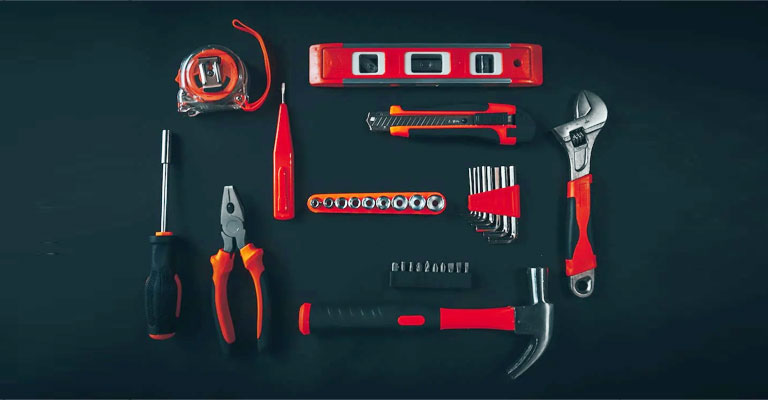Homeowners are often intimidated by difficult DIY tasks, leading them to either hire professionals (which can be expensive) or give up on building the project altogether.
Starting a home project without the necessary tools can lead to disaster and discourage homeowners from ever trying again.
It’s not worth taking the risk of wasting time and money when there are plenty of high-quality tools available to buy that can make the entire process a breeze.
To build the $10 stool you saw on Pinterest, and you don’t need $1,000 worth of power tools. Instead, starting with these tools will be a great way to start your DIY journey, and you’ll be surprised at what you can create.
The Essential Tools Needed For Home DIY Projects
DIY projects are a great way to save money and have some fun. However, before you start any project, you must have the tools to help you complete the task. The tools needed for a home DIY project depend on the project itself.
For example, a project such as building a deck will require different tools than installing flooring.
Here we will discuss the essential tools needed for home DIY projects. The first step to DIYing is getting your hands on the best tools for beginner DIY.
1. Safety Goggles
There is a possibility that small particles of the material may fly while cutting, grinding, or even hammering. You can protect your eyes from these tiny pieces by wearing safety goggles.

Protecting your eyes while viewing the entire working area is possible with a well-made pair of safety goggles.
2. Mask
As DIY projects often create a lot of dust, you should wear a mask to protect your lungs and respiratory system.

Regular masks will not prevent chemicals from reaching your lungs if you are working with special chemicals.
3. Gloves
Gloves protect your hands from getting hurt and injured. Additionally, they allow you to hold workpieces more securely.

Another advantage of gloves is that they prevent the heat from reaching your hands. Some can protect you from electric shocks as well. Wearing gloves before starting work is always a good idea.
4. Hand Saw
A hand saw is one of the most basic tools for DIYers. It is a versatile tool that can be used for cutting different types of materials such as wood, metal, plastic and drywall.
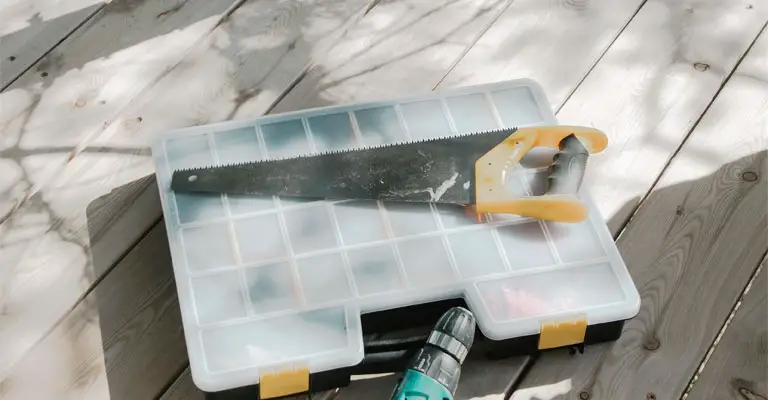
5. Cutter
Utility knives or cutters are DIY tools used to cut through different materials. DIY projects often require the use of these DIY tools.
You can cut many materials with them, including paper, cardboard, plastic, and many others. In addition, it is very convenient to change the blade of these hand tools when it becomes worn out since their blades are replaceable.
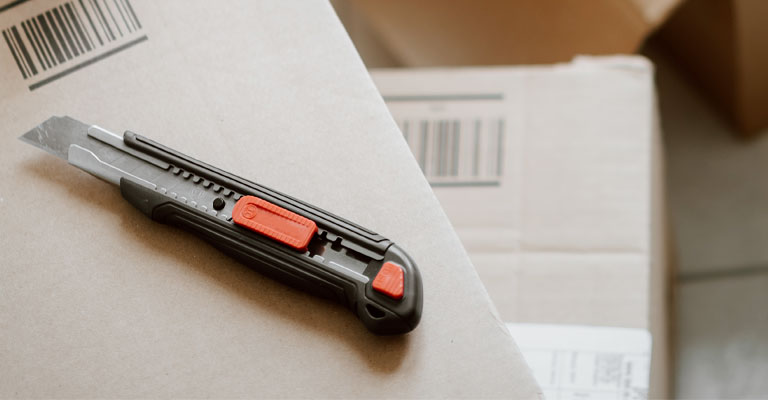
In order to ensure that the blade is secure inside the cutter, you must pay attention to how the cutter is constructed. The blade of some low-quality and cheap cutters is not tightly positioned inside the knife, making it unsafe for use.
6. Utility Knife
A utility knife is a type of knife that has a blade typically in the range of 3-6 inches and is used for general purpose cutting jobs.
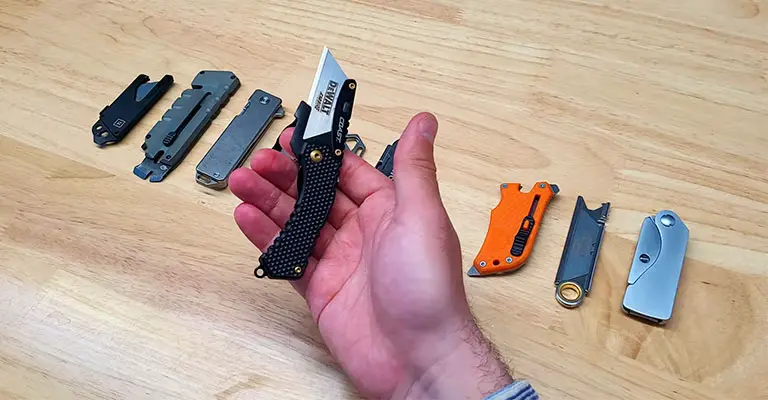
Utility knives are usually used for cutting cardboard, carpet, vinyl, plastic sheeting, and other types of material. They can also be used for tasks like opening boxes or trimming electrical wires.
7. Tape Measure
This is one of the most important tools for DIYers. It’s not just a measuring device; it can also be used as a straight edge and even a protractor.
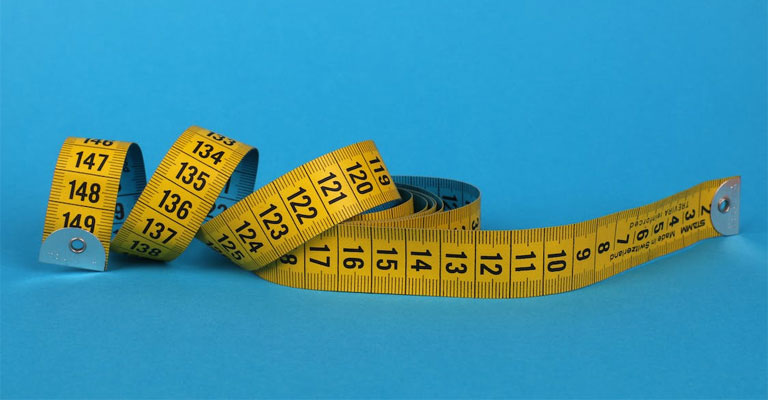
8. Adjustable Wrench
You should also have an adjustable wrench in your DIY toolbox. Bolt tightening and loosening can be accomplished with these wrenches.
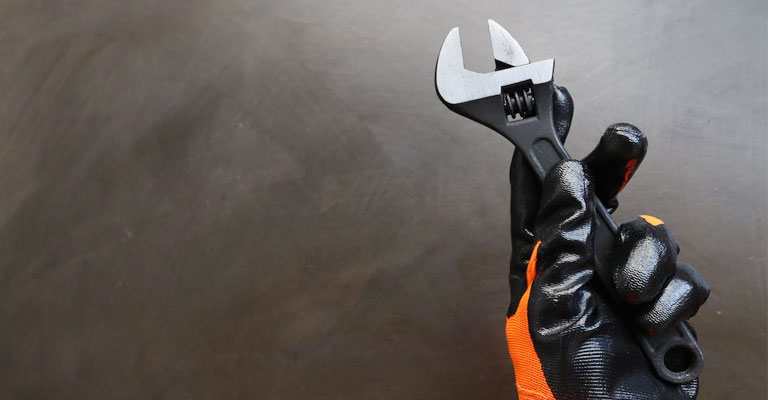
Using them on bolts and nuts of any size is easy because you can adjust their jaws. The jaws of a good adjustable wrench should be strong and made of durable material.
9. Hammers
Hammers are used for a variety of purposes, such as construction, demolition, shaping, and finishing metal, driving nails into wood or plasterboard, and breaking up concrete.
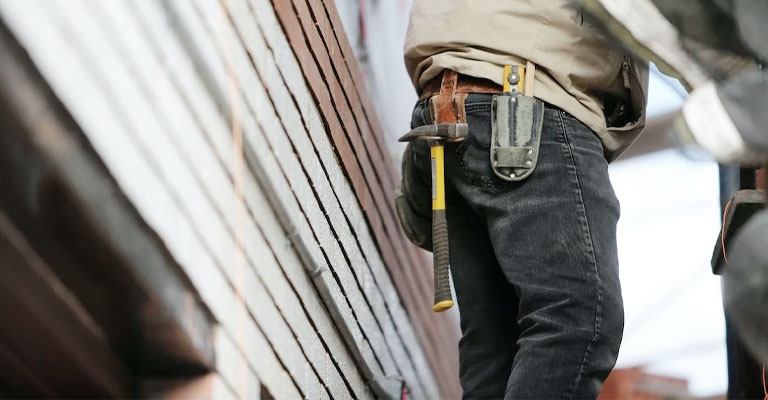
The most common type of hammer is the claw hammer which has one end that is flat on the top side to use as a striking surface, while the other end has a curved claw on it that can be used to pull nails from wood or plasterboard.
10. Speed Square
A speed square is an awesome tool for DIYers. It is a versatile and easy-to-use tool that has a variety of uses. For example, you can use it to lay out the pieces of your project, make sure that the edges are straight and even, or as a guide for cutting.
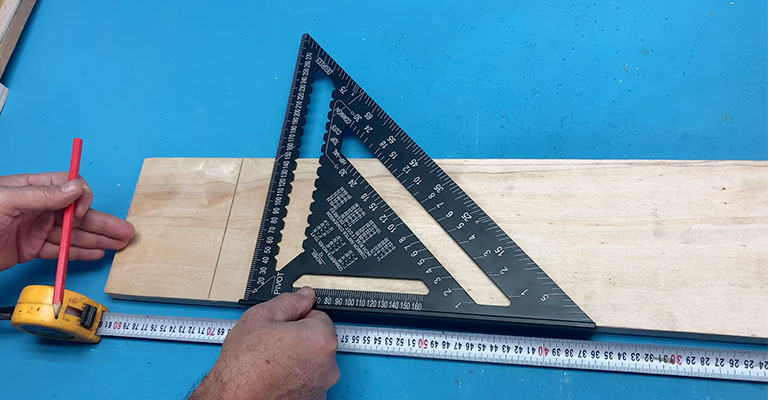
11. Clamps
Clamps are one of the most useful tools for DIYers because they can be used in a variety of different ways. They are often used to hold pieces of wood together but can also be used to hold other materials like metal or plastic.
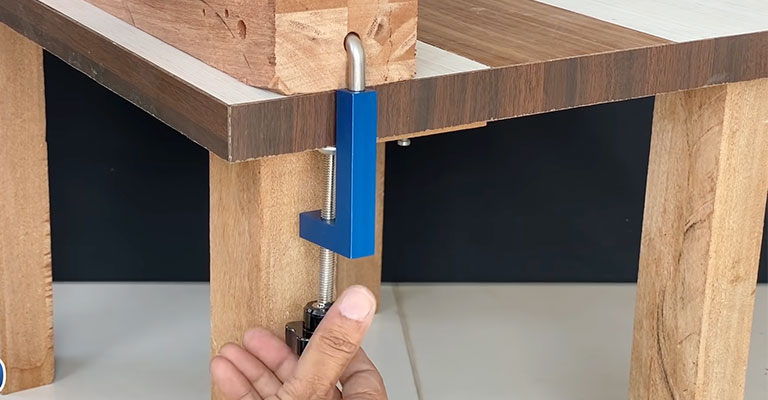
12. Screwdriver Set
A screwdriver set is an essential tool for DIYers. It can be used to tighten or loosen screws in a number of different places, such as furniture and electronics. A screwdriver set will typically come with a variety of different-sized drivers in order to meet the needs of most any type of project.
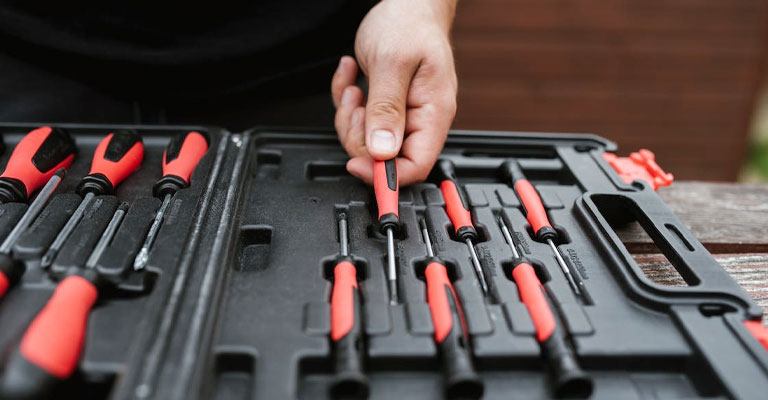
13. A Workbench
Having a workbench at home is necessary if you want to do DIY projects. Place your workpiece on a table, not on the floor. If you place it on the floor, you will have to bend down to get to it, which won’t be comfortable to maintain.
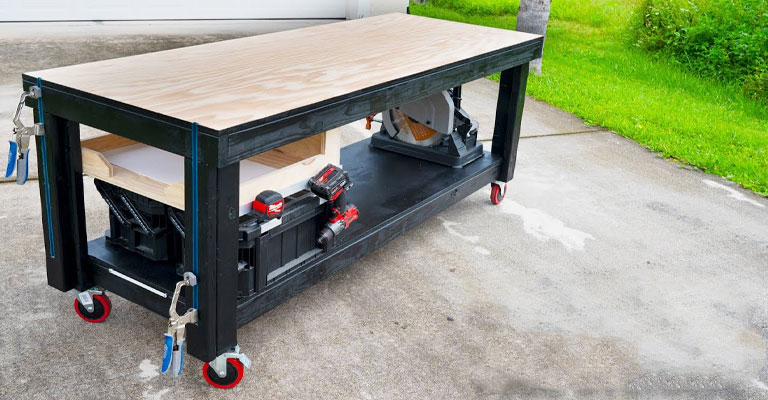
In one tool, you get a workbench and a sawhorse. The workbench can be converted over to a sawhorse quickly and easily, and clamps are included for securing your workpiece.
14. Circular Saw
While I use my miter saw almost daily, my circular saw is used a lot more. The biggest problem I have when ripping down plywood is hoisting it up onto my table saw, so I use my circular saw whenever possible.
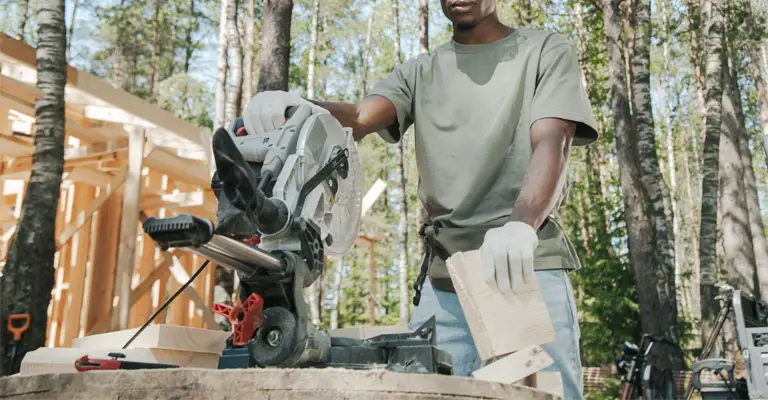
In addition to corded circular saws, I also have cordless circular saws. Again, it depends on your budget and personal preference which type you use.
15. Kreg Rip-Cut
My circular saw would not be complete without this handy tool. My circular saw and this tool helped me cut nearly all the plywood for my workbench.
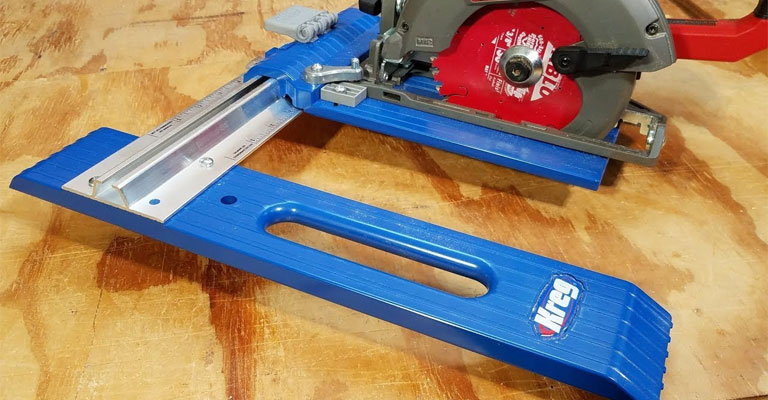
It is possible to rip and crosscut plywood up to 24 inches wide using the Kreg Rip-Cut. You can substitute a straight board and some clamps if the cost isn’t within your budget.
16. Kreg Jig
I use pocket joinery on almost every project I build. For example, when building furniture, you can use this simple method to get excellent results. When it comes to pocket hole jigs, Kreg offers TONS of options and many different price points.
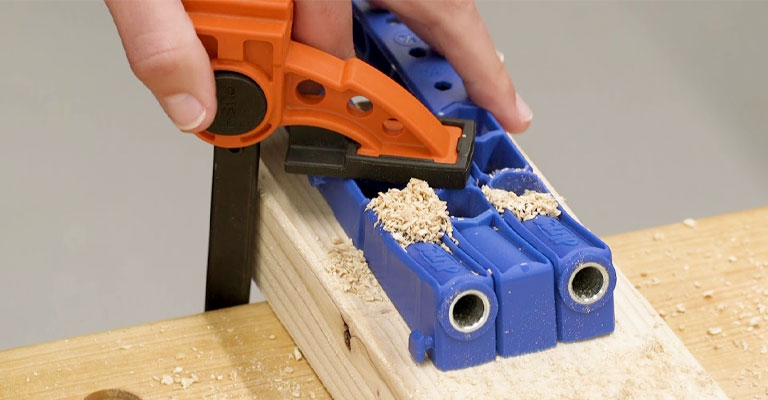
The R3 system from Kreg is a very affordable alternative to the tool that I used to make pocket holes; however, I cannot tell you how many I made with that tool.
17. Drill/Driver
A screwdriver is obviously needed when you’re building your projects. A single drill will be able to drill your pocket holes and drive screws equally well.
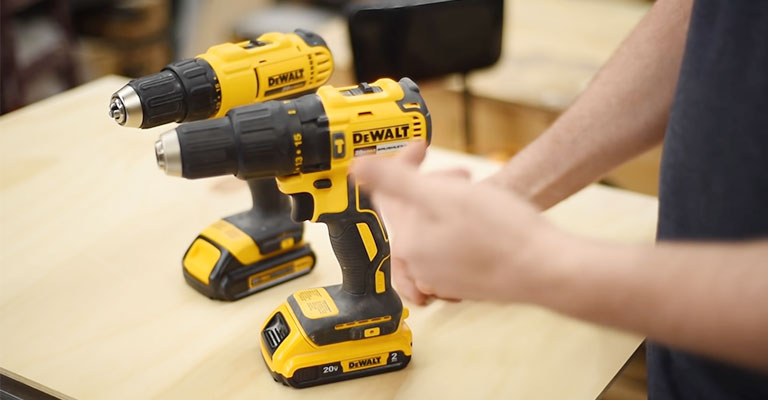
I have a RYOBI drill as well as an impact driver. The RYOBI variable speed drill is the perfect tool for beginners.
18. Orbital Sander
When you’ve completed the building of your amazing project, you’ll want to give it a nice finish. For those projects that need to be painted or stained, a random orbit sander is the perfect tool.
With the RYOBI random orbit sander, rough projects can be smoothed out quickly. Sandpaper disks with a 220-grit rating are used for projects where the wood is already fairly smooth.
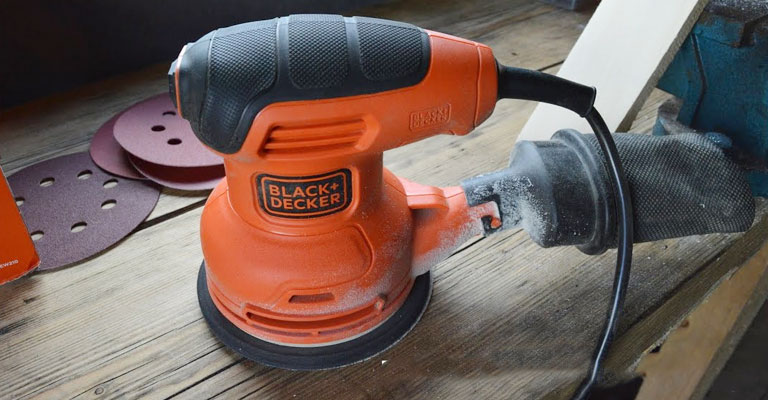
In the case of rougher wood, I use 120 grit and follow it up with 220 grits. In every project, finishing is definitely my least favorite step, but it is also the most important.
19. Nail Guns
Nail guns are very useful for anyone who wants to do DIY home projects. For example, with a nail gun, you can attach boards and drywall in order to create a wall or door frame. They make it really easy to install new doors and windows too.
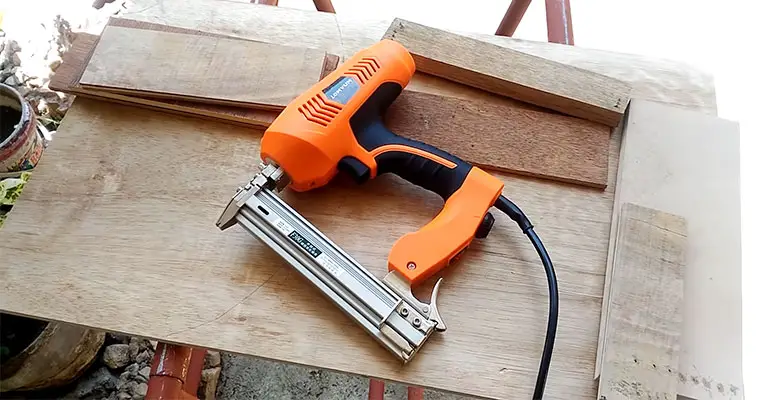
20. Tool Organizer
In order to keep your DIY tools in good shape, you must store them correctly. If you love DIY, then you should have tools. It’s for this reason that you need a tool organizer.
Your workshop organizer keeps your tools in good condition and helps you arrange them properly, so they don’t become cluttered.
Final Words
The tools that we use for our DIY projects are often the same as those we use for home improvement. There are a few key differences, but in general, the tools that you need to complete a project will be similar.
You will save thousands of dollars building your own furniture if you invest in these essential tools. They’re also a great stepping stone to building up your DIY tool collection.

